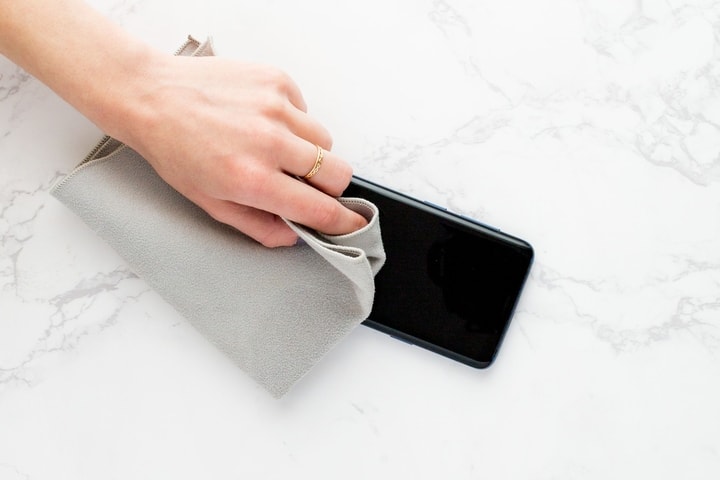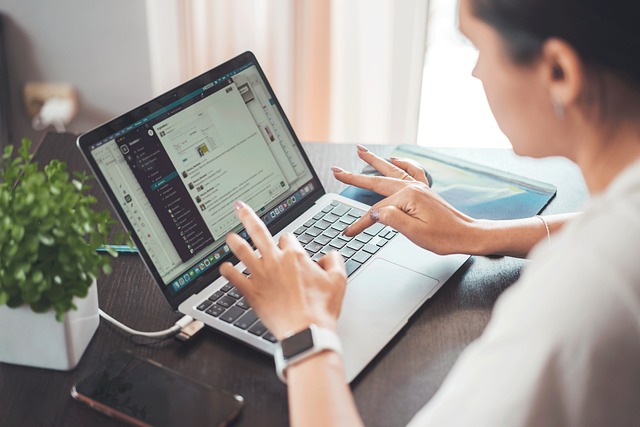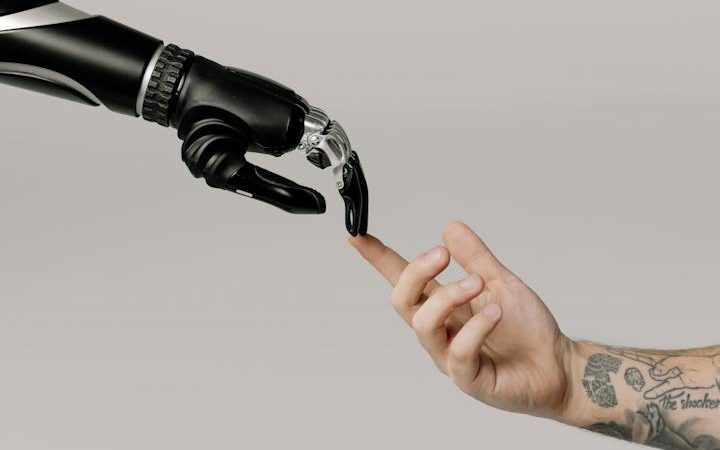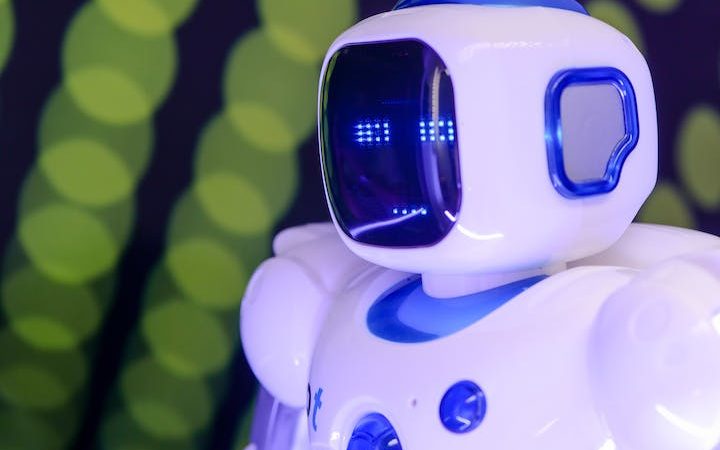How to clean your electronic gadgets the right way

It has happened to all of us that we have tried to clean one of these devices, and whitish spots and unwanted reflections have appeared. What can we do to solve it?
A few years ago, technological products seemed unbreakable. The best example of this was the legendary Nokia 3310, which could fall from a fourth floor and remain intact. But we can also talk about the tube televisions we had in our living rooms, which had screens as thick and robust as a frying pan. But things are not like that anymore.
In the days of Smart TVs, smartphones, tablets, and ebooks, any minor touch or tap becomes a real drama for your ultra-sensitive screens. And when we try to clean them with whatever product, whitish spots and unwanted reflections quickly appear, which means that we can never have our electronic devices as immaculate as we would like.
And the thing is worse than it seems because in addition to not being able to clean them quickly, they are also much more exposed than their predecessors. We carry them everywhere with us, constantly tapping their touch screens. What’s more, we can safely say that a toilet bowl is less exposed to germs than a smartphone screen.
So the logical question seems to be: Is there a method to clean the screens of our modern electronic devices regularly, without leaving reflections, smudges, or scratches? The answer is yes. Yes, there is. Below, you will find a complete guide on how to leave the screens immaculate without causing any damage:
1. Dry cleaning
A microfiber cloth should be enough to remove the dust and fingerprints from the screens that accumulate daily. However, the frequency of cleaning will also depend on the device and the use we give it. For example, television is clean at most once a week; because it is a device that we do not usually touch too much. Meanwhile, the screen of a mobile phone is so exposed that -even- we could consider carrying one of these clothes with us at all times always to have it impeccable.
In addition to microfiber cloths, there are also other viable alternatives depending on the device’s size, such as a duster or a compressed air spray. Remember that you should never use hard fiber cloths or kitchen paper, as they can scratch them. And if you are going to remove dust from television and use compressed air, you may introduce part of the dirt inside the device through the air vents, the connections, or the speakers. And that will inevitably shorten its useful life. So it would help if you took special care.
Also Read: Here’s why you should turn off your phone’s Bluetooth
2. What liquid to use?
Sometimes dry cleaning is not enough. Fingerprints, grease stains, and dirt can be very difficult to remove with just a cloth. Therefore, we can also use some liquid products. Of course, remember never to apply them directly on the screen. Ideally, moisten the fabric with them and gently rub the screen. Always from top to bottom.
There are some cleaning products that we usually use for other types of surfaces that are not suitable for electronic devices, such as acetone, toluene, ethyl acid, ammonia, or other equally aggressive products. We can use the only products without running the risk of damaging them are water, window cleaner, and isopropyl alcohol. And always in small quantities and with great care that no moisture enters the device’s interior.
The ideal formula is a mixture of equal parts distilled water and isopropyl alcohol. And it will serve us for all types of screens, whether LCD, LCD-Led, plasma. One note: do not confuse ethyl alcohol with isopropyl alcohol. The second is specific for cleaning and disinfection because it does not damage the surfaces on which it is applied. So it is the most recommended option to clean our electronic devices. You can find it at a very affordable price in any supermarket under the name “cleaning alcohol”.
3. Specific cleaners
A good (and very cheap) option to always have the “miraculous mixture” of distilled water and isopropyl alcohol on hand is to pour these products in equal parts into a plastic bottle. So that, when we need to resort to it, we only have to shake the bottle a little and pour its content on a microfiber cloth to proceed with cleaning later.
But there are also other alternatives. In recent years, many companies have developed many screen-specific cleaners, either as sprays or as wipes. In any case, they are perfect alternatives to clean the screens of all our electronic devices. In addition, some of these cleaning products also promise to protect the device by creating a small protective and anti-dust film.
As a counterpart, it must be said of these products that they are much more expensive than the previous options. And besides, they usually come in small quantities that won’t last for too long.






